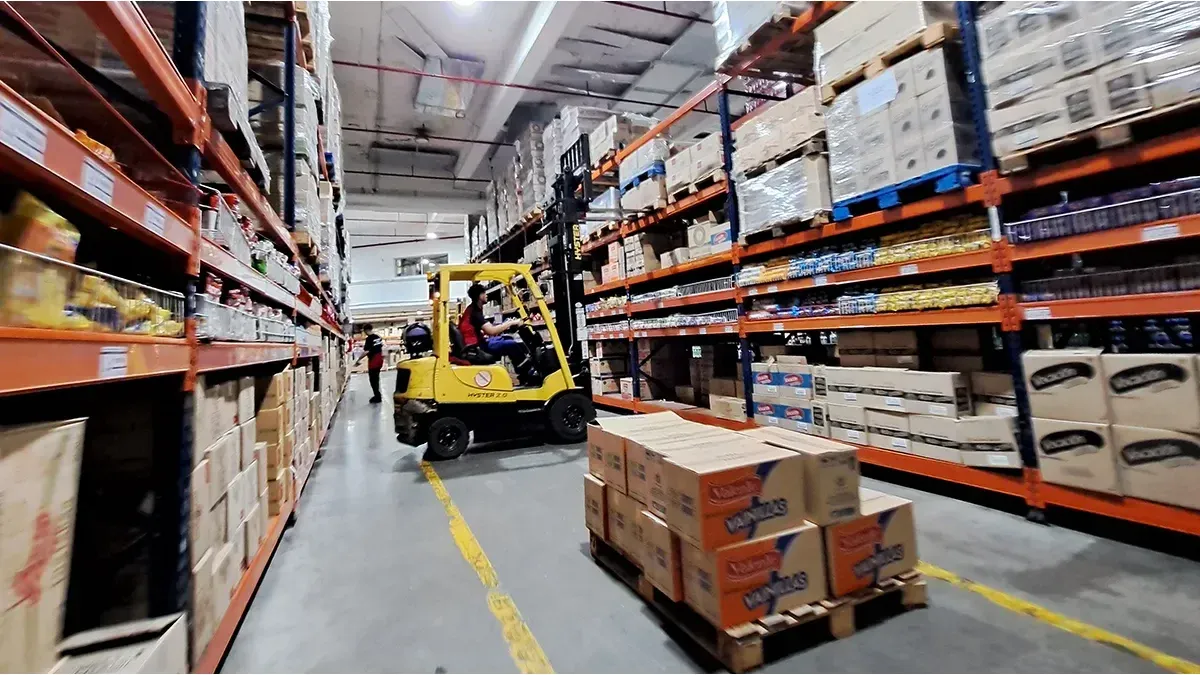The rise in wholesale prices occurred alongside retail inflation at 25.5% in December and 211.4% year-on-year, a percentage that dates back only to the beginning of Convertibility. At the same time, the IPIM marked an increase of 276.4% compared to December 2022 and a cumulative increase of the same value. Regarding manufactured products, the INDEC revealed that in Food and Beverages the interannual update was 235%. The data are presented in a context where private consultants project for January a level of inflation similar to or higher than that recorded in December. In part, the percentage could be influenced by the carryover effect of these figures.
Within The Argentine Chamber of Medium Enterprises explain that “historically there is a delay, not everything is transferred to the same month”. They understand that part of the inflation that is coming “will be the result of all those increases plus those that come.” In that sense, they warn that SME commerce “will suffer, since it will continue to reduce margins and everything cannot be transferred”, while “there is a proportion of leading brands that struggle to maintain profitability while we seek to maintain activity.”
For Dante Moreno, economist member of EPyCA Consultora, this wholesale price indicator “does not significantly impact” retail food prices because in the composition of the IPIM and IPIB (basic domestic wholesale prices), “an average increase in 80% in imported products, mainly caused by the devaluation of the official exchange rate”. However, the basic producer price index (IPP) of 53.9% “possibly has a greater impact than the previous ones.”
Under this logic, he warns about the same problem: “The current scenario of falling sales will condition entrepreneurs to absorb higher costs at the expense of profitability, to enable the subsistence of their companies by maintaining their customer portfolio.” According to the consulting firm’s estimate, food inflation in January will be at a level similar to or slightly higher than December (29.7%).
This same idea is validated by the LCG consulting. Since the prices of wholesale food and beverages accumulated an increase of 235%, 16.4 percentage points less than what was registered in the same item of retail inflation, they indicate that “it is likely that wholesale sectors will begin to rebuild profitability margins, unlike retailers, who will see final consumption suffer”
A businessman in the food sector, known for maintaining roadside hostels, agrees that he was able to pass on only 30-35% of the 54% increase in wholesale prices to the consumer. “Let’s hope it stabilizes in January, since not being able to move almost everything hasn’t happened in quite some time,” the businessman is surprised. “The increases have been validated, but now we pay attention to suppliers so that they are guided by a single indicator – inflation or dollar – and the prices change on a monthly basis,” explains the source, when previously they updated the values on a quarterly basis.
On the other hand, the economist Ivan Carrino offers another look: the measurement of 54% had its correlation in a retail increase of 25.5% and does not consider that this increase “It is a sign that next month inflation will be driven by wholesalers, because the impact has already been seen,” although it does suppose that “some businessman will try to compensate in January.” In any case, alert for a high price index for the current month, given the increase in regulated prices and the update of the dollar.
Finally, for a company known for the sale of churros and sweets, the December increases “were chaos, due to the rise of the dollar and the fall of trusts,” having a strong impact on flour and oil. For January, he considers that the dynamics will return to “normality”: a price reference based on the evolution of the blue dollar.
Meanwhile, for the Mariano Moreno Popular Sovereignty Studies Center, only in the first half of January there were increases of up to 65% in essential foods: vinegar 64.2%, juice powder 60.92%, oil 37, 66%, polenta 35.39%, yogurt 35% and flour 32.53%. “It is inferred that certain companies are making adjustments to their prices, considering the increases observed in other companies in the same sector,” highlights the entity.
Source: Ambito




